上海蓝带厨艺学院怎么样?
我想学习西点。零基础。
适合去上海蓝带学习么?
学费多少?课程如何?
适合去上海蓝带学习么?
学费多少?课程如何?
https://www.zhihu.com/question/23557479 https://www.cordonbleu.edu/home/zh
----------------------------------------------------------------------------------------------------------------------------
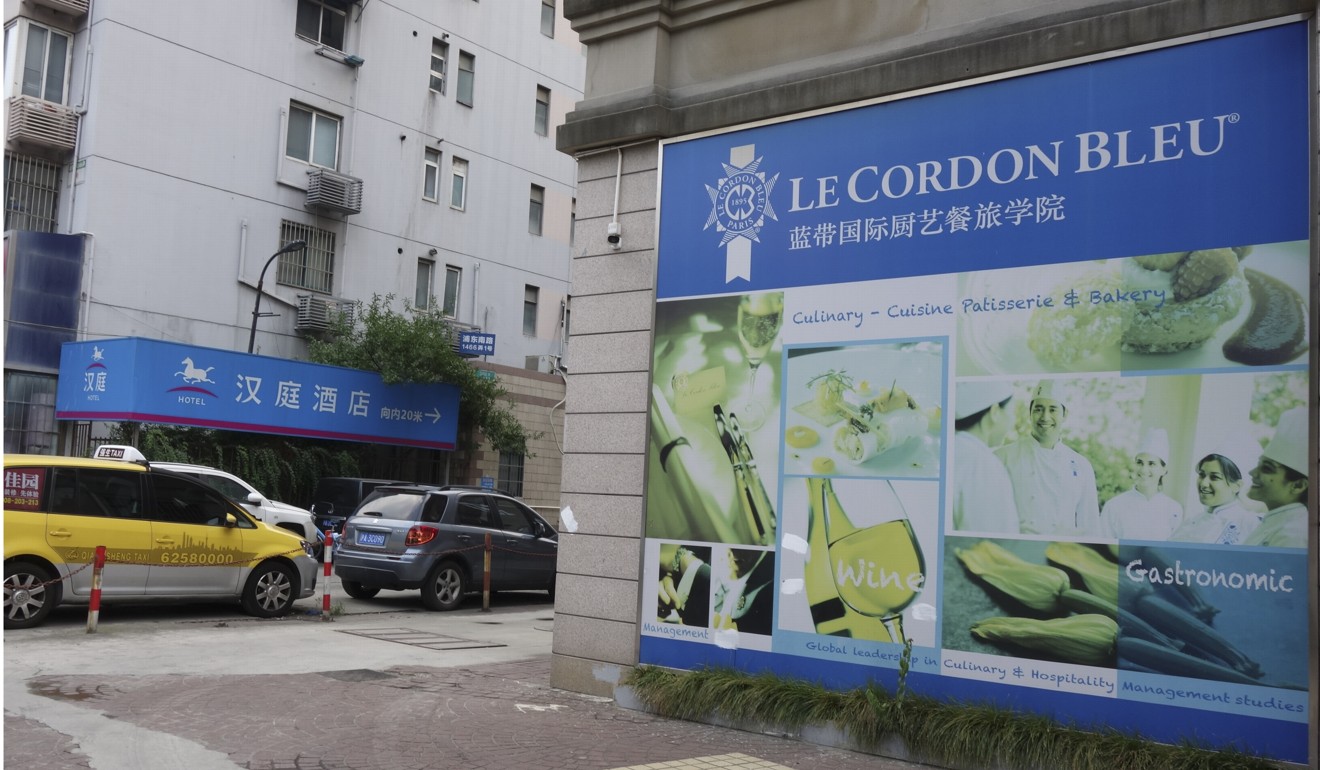

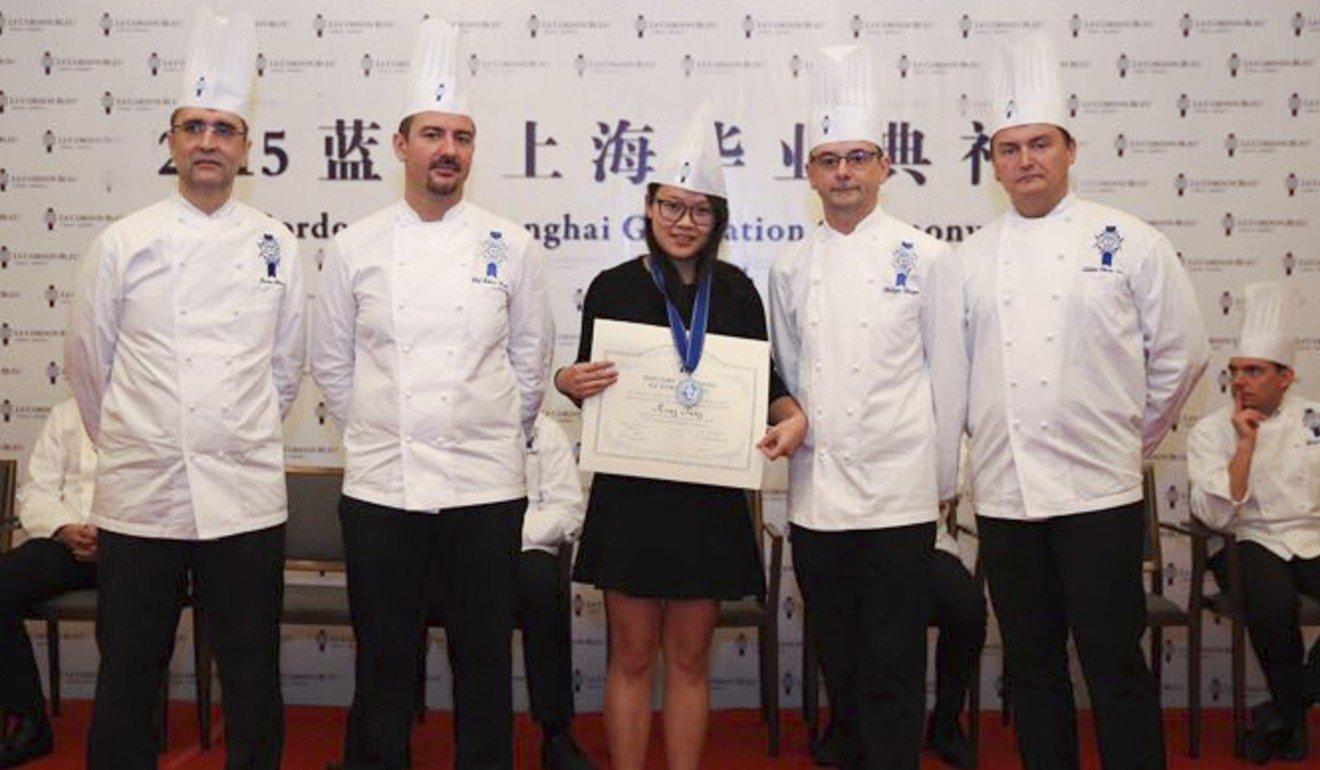
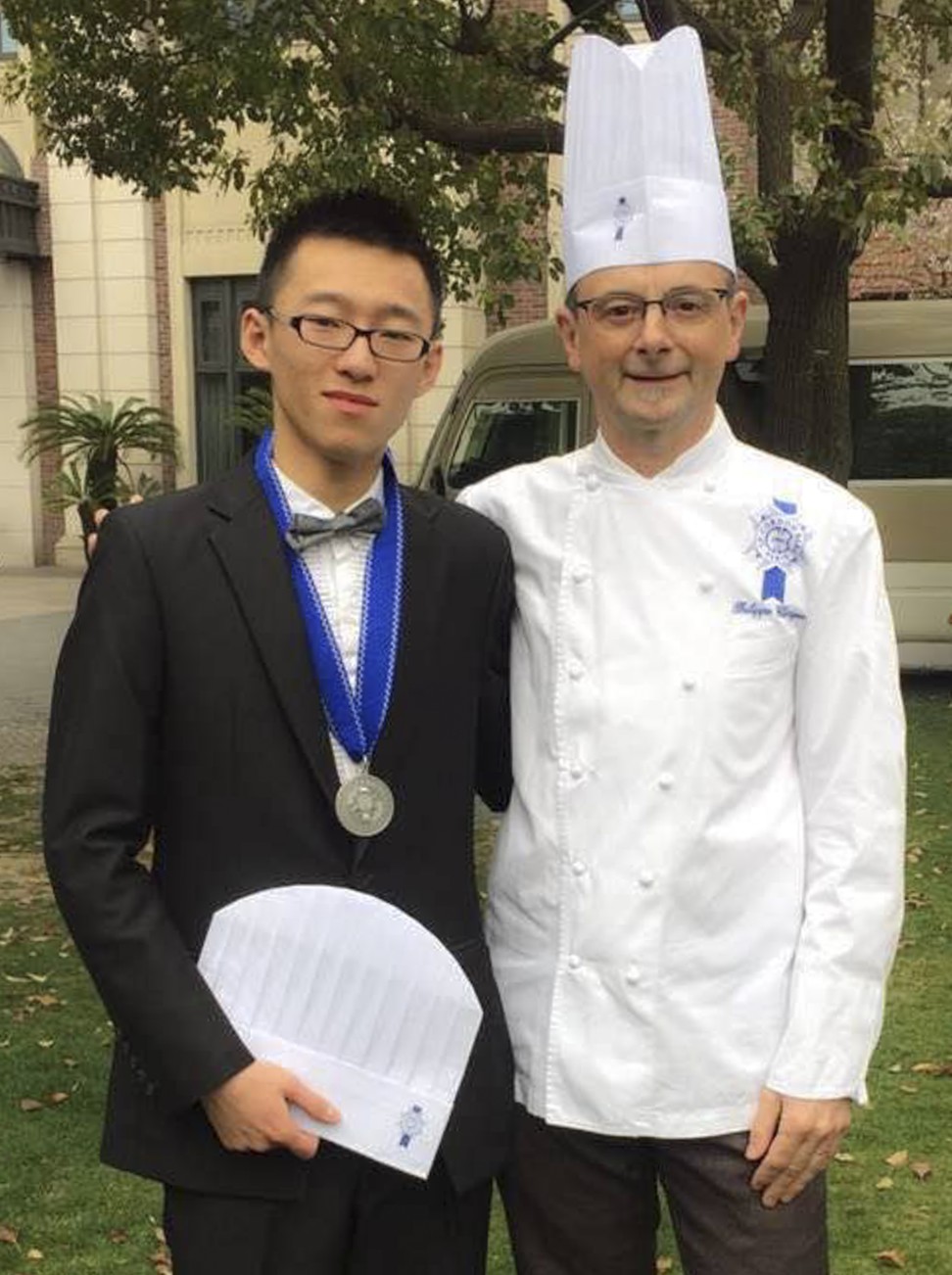
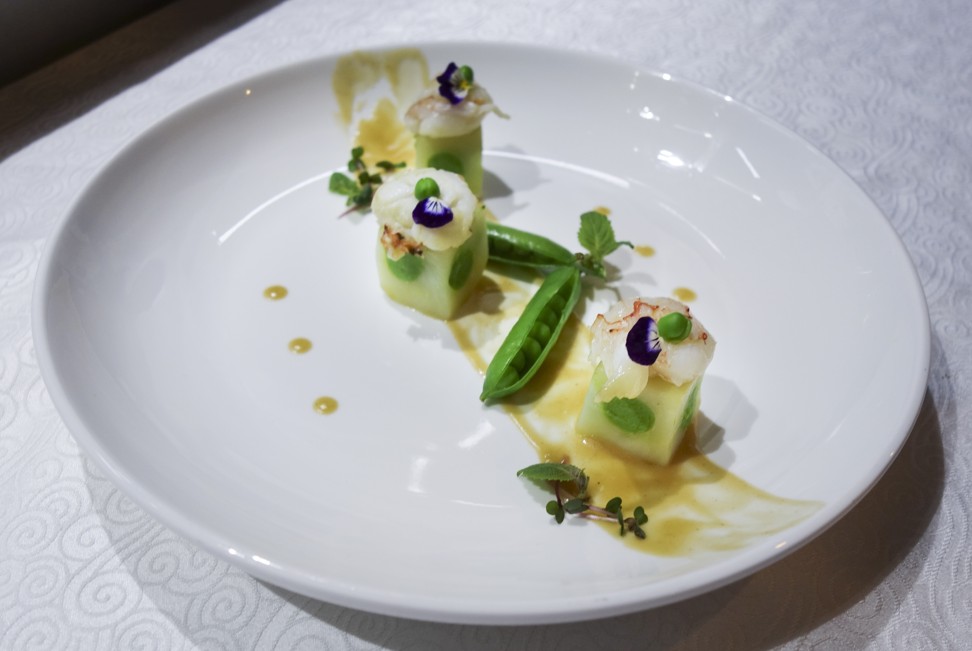
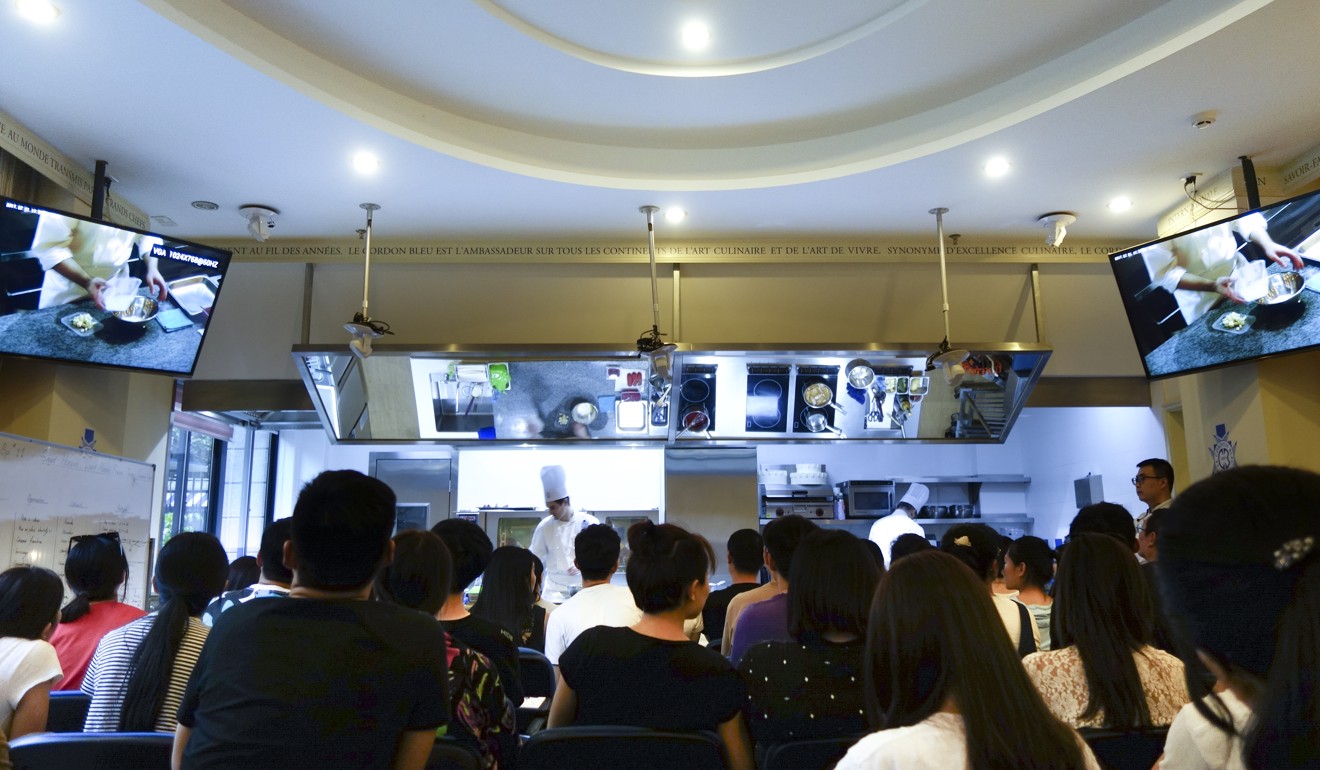
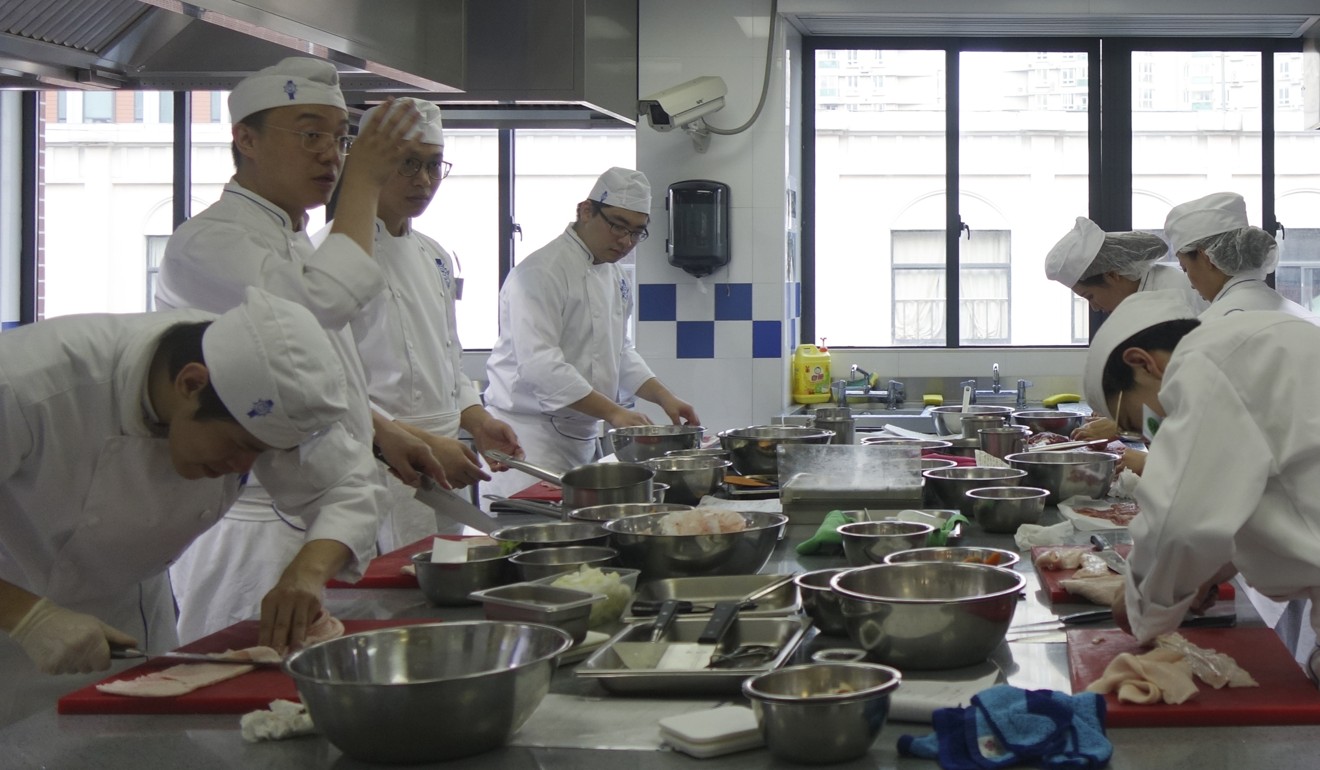
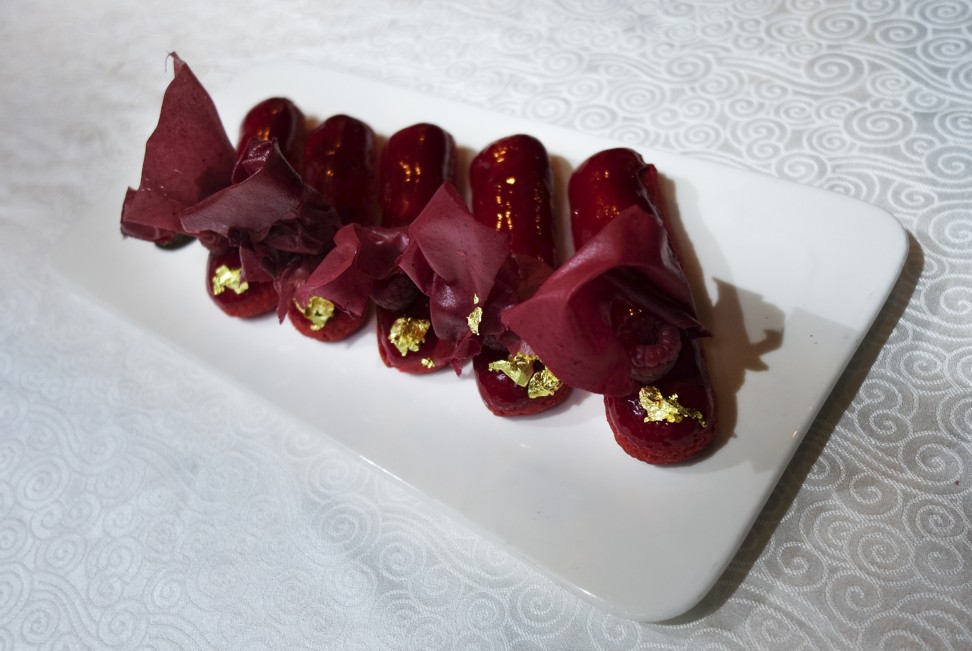
----------------------------------------------------------------------------------------------------------------------------
Is Le Cordon Bleu Shanghai, China’s only branch of French food school, feeling the pressure?
Former
students report how high demand for fine Western cuisine education has
seen resources spread thinner in classes, while wealthy parents are
enrolling children with few serious culinary ambitions
10 August, 2017 https://www.scmp.com/lifestyle/food-drink/article/2106078/le-cordon-bleu-shanghai-chinas-only-branch-french-food-school
To get to China’s first Cordon Bleu campus, in the Pudong district of
Shanghai, ask your taxi driver to stop at the address on Pudong South
Road, where you’ll see a large blue sign posted near the entrance of a
vacant hotel lobby. Though the sign on the wall says Le Cordon Bleu, the
dusty glass doors next to it will be chained shut, nary a piece of
furniture in sight. If you’re lucky, the security guard loitering inside
will point you to the small side street to your left.
After
walking down the street past a convenience store, a middle school
campus and an athletics track, , you’ll see what’s left of another Le
Cordon Bleu sign, in shreds, on a large iron gate. You may attempt to
enter, but your path will be blocked by sand bags, torn planks of wood,
and mounds of debris. Go past the gate and keep walking all the way to
the end.

The school, when it finally emerges, is an
innocuous building, the walls of its side entrance covered in
immaculately pruned ivy. Inside, the lobby is suffused in a warm glow,
light reflecting off yellow-painted walls, thick golden curtains, and
perfectly buffed white floors.
Welcome, at last, to Le Cordon Bleu Shanghai.
This branch of the famed culinary school,
established in Paris in 1895, is the first of its kind in China, and one
of 21 around the world. It opened in a five-storey building just over
two years ago, having enrolled its first class of students for pastry
and cuisine courses in April 2015.

I spoke with several students from the first
classes of graduates about what really goes on. It appears that like
most new institutions, Le Cordon Bleu Shanghai is still gathering its
bearings, both outside its walls and inside the kitchen.
Tang Rong, a 20-year-old student from Dehong in
Yunnan province, first learned about Le Cordon Bleu Shanghai when she
was 17. Growing up in her family’s restaurant business and wanting to
improve her skills, she applied when she heard Le Cordon Bleu was
opening a branch in China. She was accepted into the first class for the
Grand Diplome, the full series of cuisine and pastry courses that is
completed over 18 months. When Tang enrolled in April 2015, her class
had 37 students.

Luo An, a 22-year-old from Shijiazhuang in
Hebei, had his heart set on studying at Cordon Bleu since he was 13. He
joined in July 2015 for the second class of the Grand Diplome, part of a
cohort of 43. Today, average enrolment per class hovers around 70.
When it had just opened,
students were super passionate and worked hard … [now] there are many
rich kids who just come to have a try, take a look
Luo An
Tang and Luo acknowledge that many issues have
arisen at the school due to excessive demand. Without much competition
for rigorous, internationally recognised Western culinary training in
China, the school has been overwhelmed with applications. Each year, the
administration accepts an increasingly larger number of students, which
has had an impact on the learning experience, quality of students and
limited shared resources.
Several students I talked to complained that the
amount of ingredients allotted to students has become smaller and
smaller, especially with expensive items such as foie gras or truffle.
The share of ingredients is sometimes so small, they said, that students
can barely taste them in their concoctions.
French cuisine takes diners to giddy heights at Skye restaurant in Hong Kong
Tang remembers when she was a student and part
of a small first class. She always had enough ingredients, in fact, she
and her friends would sometimes not need to go out for lunch because
they had eaten so much of their own dishes. However, Luo, who now works
at the school as a teaching assistant, admits that the amount of
ingredients has shrunk.

Students share not only ingredients, but also
kitchen space and equipment. On one scorching July day during Tang’s
tenure, when the class had more than 20 ovens running at the same time,
the electrical system in the building overloaded and shut down. In
Shanghai, summer temperatures regularly reach almost 40 degrees Celsius,
and the kitchens can be hotter than outside. In an improvised
administrative move, Cordon Bleu Shanghai now takes a two-week break
from mid- to late-July.
The first Chinese student to enrol in a Cordon
Bleu school was in 1995. Today, Chinese students have enrolled in
campuses all around the world, becoming one of the best represented
nations. With the Shanghai branch, access for Chinese students has
become even easier, with Chinese translations offered for all French
instruction.

But some believe the popularity of the school
has diluted quality. “Having the school in China, it’s convenient to
study and it’s good to have Chinese translation,” Luo says. “When it
opened, students were super passionate and worked hard. But later, many
more parents started sending their children there, even those that are
not motivated. There are many rich kids who just come to have a try,
take a look.”
Tuition for a nine-month course in either
“Cuisine” or “Pastry & Confectionary” costs about 160,000 yuan
(HK$186,000). Students are either passionate and dedicated career
trainees, or wealthy hobbyists who have the time and money to learn some
knife skills. While Tang and Luo’s families were able to support them
through school, many other students enrol after several years of working
and saving for the course. Others have to borrow money to attend.

For Chinese people looking to start a career in
fine cuisine or pastry, Cordon Bleu can be a great introduction.
“Shanghai is the best place for international food in China,” Luo says.
“More and more want to study and there is growing demand for Western
food. There are not many other options [for training] in China.”
Studying at Cordon Bleu can also be an alternative to traditional
university for those sure of their career goals and looking for more
practical education.
The school’s full-time teaching methodology can
only be described as rigorous. Tang says her 18 months at Cordon Bleu
were stricter and more comprehensive than she expected. Not only did the
school teach cooking, they also taught her how to clean and be
organised.
“Before students break from class, they must
clean everything,” Tang explains. “This should always be done by
students, since they use the equipment. But once, after class, the
instructor rewashed everyone’s pots, since he thought some students did
not wash them cleanly enough. He wasn’t angry; he just wanted to set an
example. He wanted us to cherish, love and respect our place – to take
ownership of our kitchen.”

Le Cordon Bleu Shanghai is slowly adapting to
its new home and has begun to integrate more Chinese ideas into its
curriculum. Currently, there are no Chinese instructors on its full-time
staff. Tang and Luo hope that in the future, talented Chinese chefs can
be invited to teach alongside the French masters. With the school
beginning to incorporate Chinese ingredients such as Sichuan peppercorns
and Yunnan wild mushrooms into their menus, they feel hopeful for more
integration in staff and culinary traditions.
Macau’s La Chine brings Chinese cuisine with a French twist
As well as working as a teaching assistant for
Le Cordon Bleu, Luo also runs private catering projects. Tang,
meanwhile, has an online store that sells high-end custom cakes and
catered items. She says that the business is prompting her to think
beyond what she learnt at Le Cordon Bleu.
“Not only do things need to taste good, but I
need to think about shipping, reducing costs, and making sure things
last and stay fresh,” she says. “At Cordon Bleu, we mostly learned
techniques, but there’s a lot more to learn to actually do a job in the
real world.”

I ask both Tang and Luo if they would go back to
Le Cordon Bleu if they could do it all over again. They both
unequivocally say yes. They loved their time there and value the skills
learned.
But when I ask them about their goals for the
next five to 10 years, both Luo and Tang laugh and say that ultimately
they want do something a bit easier. “Maybe something like a Japanese
beer bar, some simple food,” Luo says. “Sashimi, katsu. Late-night
dining. Comfort food.”
沒有留言:
張貼留言